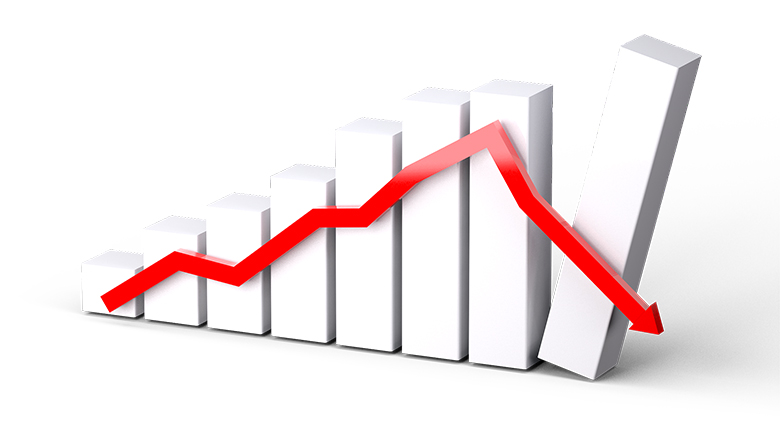So far there are no signs of danger. Admittedly the economy is still in the early stage of its recession, but the other key banking metrics are showing predictable signs of distress.
For example, asset quality is deteriorating – sharply and worryingly in some segments, though not to systemically challenging levels. Loan growth has slowed and is falling in real terms (with local currency loans contracting by 2.9% year-on-year in real terms). New mortgage origination has slowed, almost to a stop.
Thanks for your interest in Euromoney!
To unlock this article:




